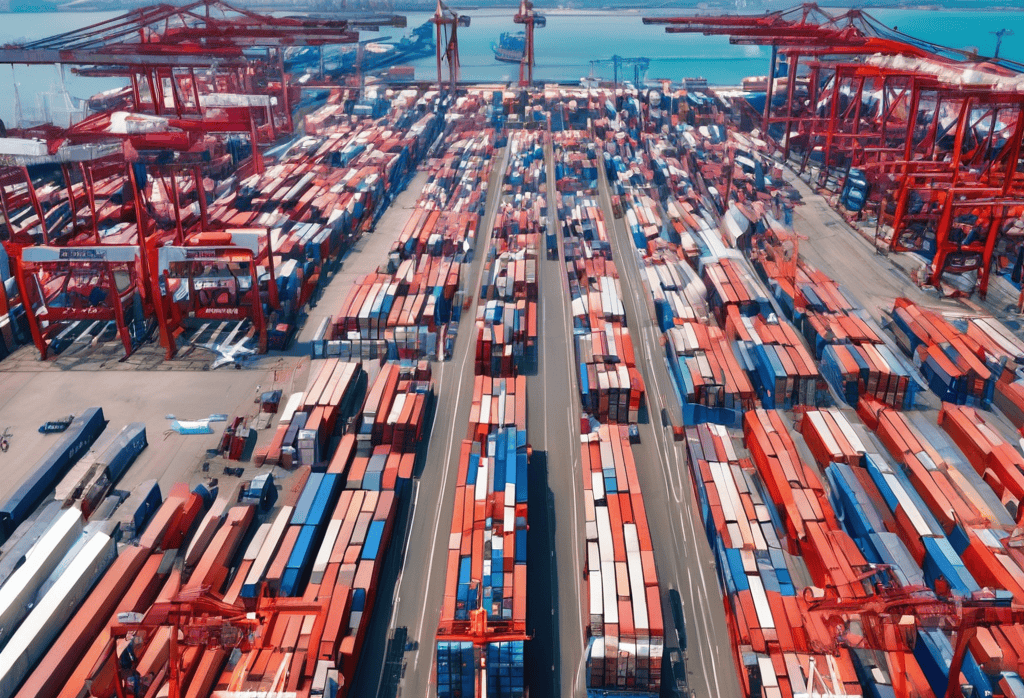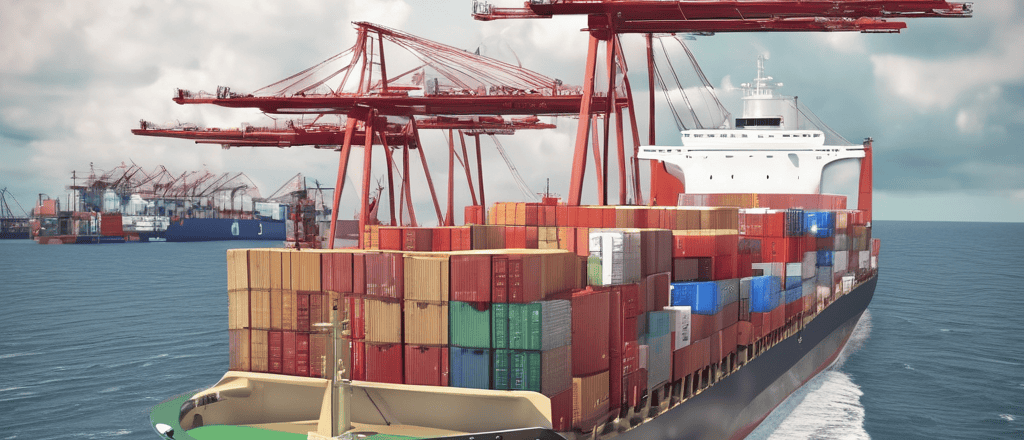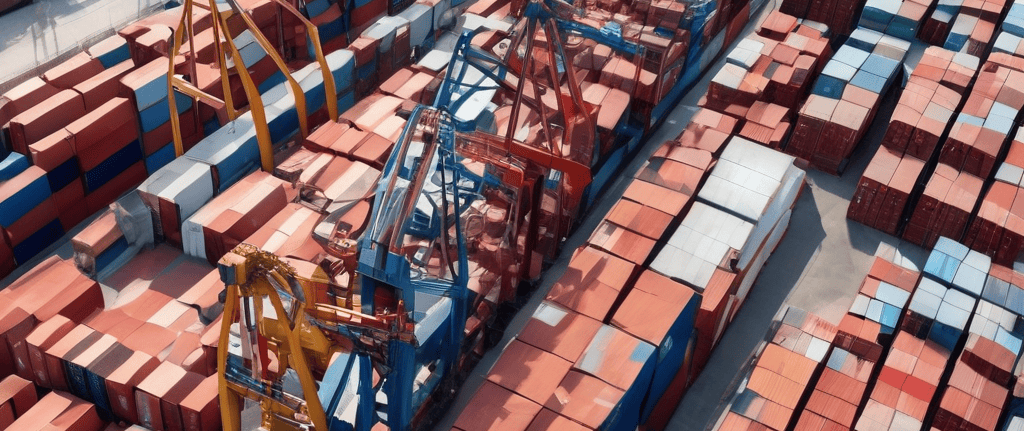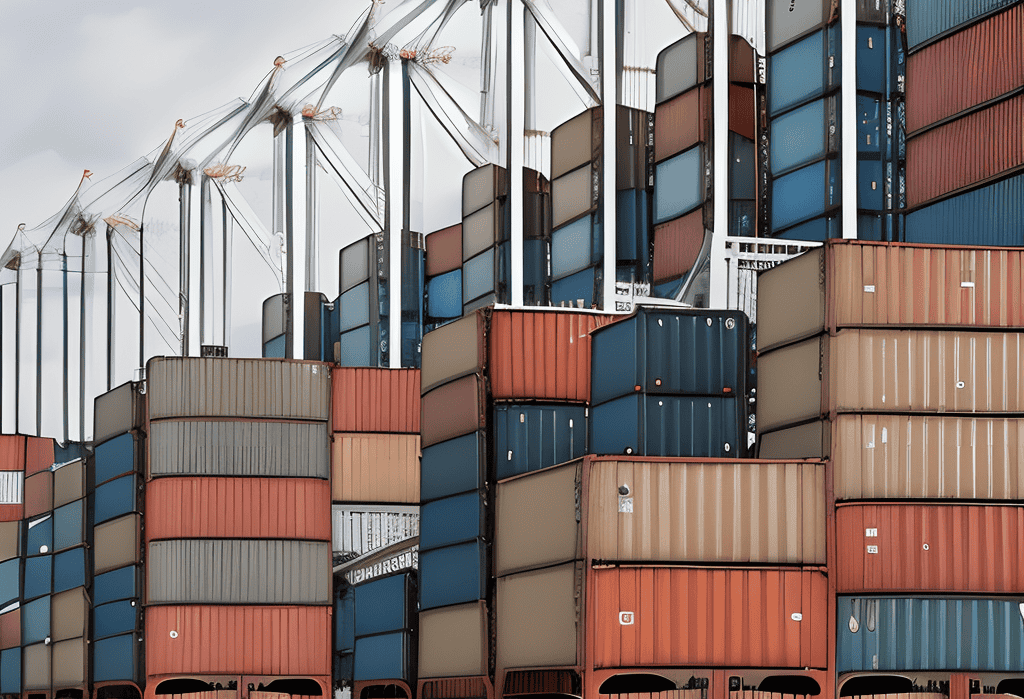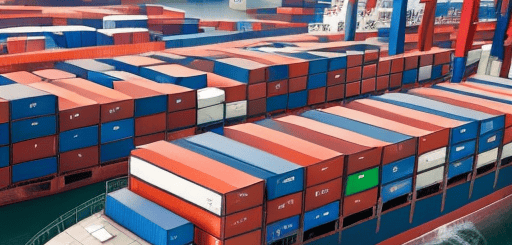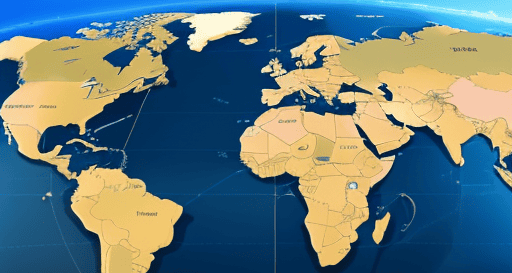Environmental compliance in international trade is essential for mitigating environmental risks, promoting sustainability, and fostering responsible business practices in today's interconnected global economy. By navigating global standards, embracing stakeholder engagement, and driving continuous improvement, businesses can achieve environmental compliance, enhance corporate reputation, and create long-term value for stakeholders and society.
Environmental compliance in international trade has become a critical consideration for businesses seeking to mitigate risks, meet regulatory requirements, and uphold sustainability standards in global supply chains. From emissions regulations to waste management protocols and biodiversity conservation measures, navigating environmental compliance requires businesses to navigate a complex landscape of global standards and regulations. Here, we explore the challenges of environmental compliance in international trade and strategies for navigating global standards to foster sustainability and responsible business practices.
Understanding Environmental Compliance in International Trade
- Regulatory Landscape:
Environmental regulations vary across countries and regions, encompassing a wide range of laws, directives, and standards governing air and water quality, waste management, and resource conservation. Businesses must navigate a complex regulatory landscape, ensure compliance with local environmental laws, and adhere to international agreements, such as the Paris Agreement and the Basel Convention, to minimize environmental impacts and mitigate legal risks.
- Supply Chain Sustainability:
Environmental compliance extends beyond corporate operations to encompass the entire supply chain, from raw material sourcing to product distribution and end-of-life disposal. Businesses must work collaboratively with suppliers, contractors, and partners to assess environmental risks, promote sustainable practices, and enforce compliance with environmental standards throughout the supply chain.
- Stakeholder Expectations:
Stakeholders, including investors, consumers, and advocacy groups, increasingly demand transparency, accountability, and sustainability in business operations. Businesses must align with stakeholder expectations, disclose environmental performance data, and engage in dialogue with stakeholders to address concerns, build trust, and demonstrate a commitment to responsible environmental stewardship in international trade.
Strategies for Navigating Environmental Compliance
- Risk Assessment and Due Diligence:
Conduct comprehensive risk assessments and due diligence to identify environmental risks, assess compliance gaps, and prioritize mitigation measures in international trade operations. Establish environmental management systems, policies, and procedures to ensure regulatory compliance, minimize environmental impacts, and enhance sustainability performance across the supply chain.
- Collaboration and Engagement:
Collaborate with industry associations, regulatory agencies, and civil society organizations to stay abreast of evolving environmental regulations, industry best practices, and emerging sustainability trends in international trade. Engage with stakeholders, including suppliers, customers, and local communities, to foster dialogue, build partnerships, and address environmental concerns collaboratively.
- Innovation and Continuous Improvement:
Embrace innovation and technology to drive environmental sustainability and promote resource efficiency in international trade operations. Invest in eco-friendly technologies, renewable energy solutions, and circular economy initiatives to minimize waste, reduce carbon emissions, and optimize resource utilization throughout the product lifecycle.
#EnvironmentalCompliance #InternationalTrade #Sustainability #SupplyChainSustainability #RegulatoryCompliance #CorporateResponsibility #EnvironmentalManagement #BusinessEthics #ClimateAction #GreenSupplyChain
Read more views







